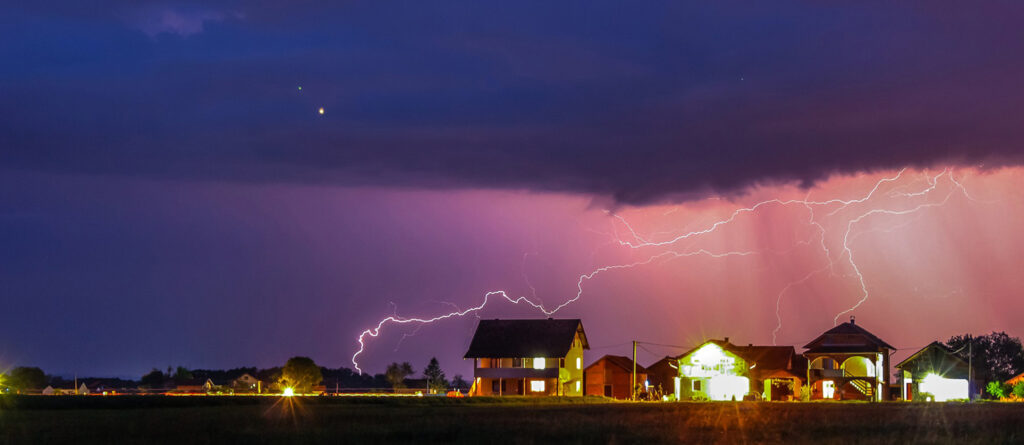If I surge protect the service entrance panel(s), why do I need to protect downstream panels?
If you have multiple breaker panels in your home or facility, it’s important to understand the reasoning behind surge protection for all panels and not only the main panel. Here are some reasons why you should protect all panels:
1. Location of Surges: While many people think of surges as only coming from outside the home (like from a lightning strike or power line issue), surges can also originate from inside the home. Appliances and equipment switching on and off can generate internal surges. If you only protect the main panel, you will not adequately protect electronics from internal surges generated by equipment switching on the secondary panel.
2. Comprehensive Protection: Installing surge protection at all panels ensures that all circuits, regardless of which panel they’re on, get an equal level of protection. This is especially critical if you have sensitive electronics or appliances connected to circuits in both panels.
3. Redundancy: In the event that the surge protection on one panel fails or becomes degraded, having protection on the secondary panel provides an additional layer of security.
4. Potential Electrical Configurations: Depending on how your home or facility is wired, the two panels might serve different areas or types of loads. The secondary panel might not be fully downstream of the main panel, and hence might not be fully protected by a surge protector placed only at the main panel.
5. Staged Protection: IEEE (Institute of Electrical & Electronic Engineers) recommends staged protection (service entrance, mid-level, and at the equipment). When it comes to protecting electronics from a massive surge of energy, no single SPD is 100% efficient in suppressing a huge amount of energy. Downstream suppressors intercept any surge energy which gets past the upstream unit and easily suppress this residual energy. IEEE also recommends protecting phone, data, and cable lines.
6. Direct Strikes: If lightning were to directly strike your home or near your home, the induced surges can be massive. In such cases, having multiple layers of protection can help reduce the likelihood of damage.
7. Indicator Status: Quality surge protectors usually have indicators to show they are functioning correctly. If one is installed at a subpanel that’s easier to inspect regularly, you might be more likely to notice and address any issues.
In summary, while it may seem redundant or unnecessary to install surge protection at both panels, doing so provides a more comprehensive protection scheme for all the electrical equipment and appliances in your home or facility. If the investment is within your budget, staged protection is the best way to protect electronics, reduce downtime and electrical maintenance costs to a minimum, and ensure safety and peace of mind at the home or office.
Visit Transient Protection Design to schedule a Virtual Site Audit

